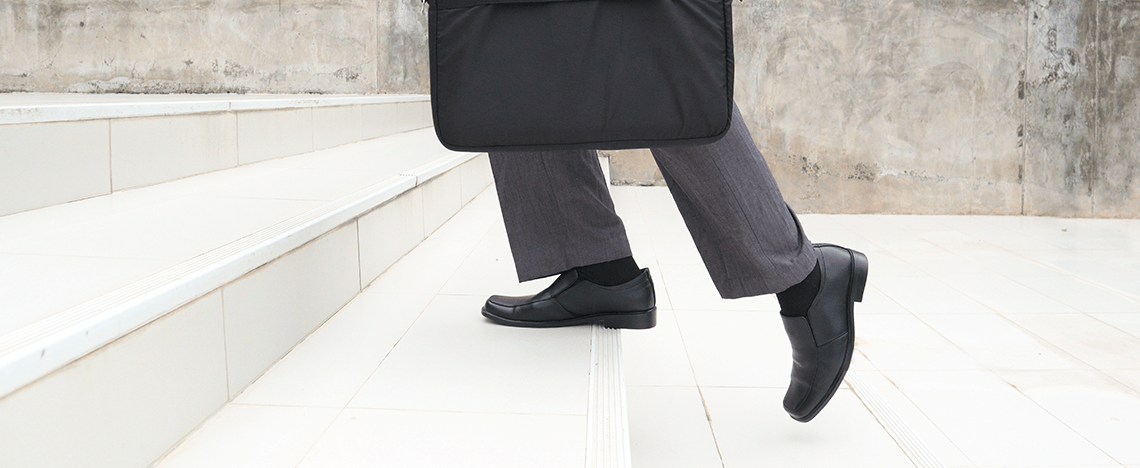
HubSpot Payments: A Critical Step in the B2B Customer Experience

Companies expanding from customer interactions that are transactional to experiential are growing. Customer experience is a driving force behind this growth. An intense focus on the way consumers live is the key to success. Carrying this over to B2B billing makes sense.
In our personal lives, we have virtually (pun intended) abandoned all paper-based, multi-step bill paying, shopping and booking services. In our professional lives, we now expect the same ease. As a savvy business leader, you consider the customer experience in everything you offer. Or, do you? When it comes time to bill for your B2B service, are you making the payment process easy for the customer and receiving payment as timely as possible? If not, you need to be.
An article by PwC explained, “In the U.S., even when people love a company or product, 59% will walk away after several bad experiences, 17% after just one bad experience.” Connecting sales and service is critical if you are to carry the positive customer experience through to billing. Cue HubSpot Payments. This new tool brings commerce directly into the CRM, thereby enabling front-office teams (i.e. marketing, customer success) with payments data typically reserved for back office teams. This fuels your CRM with greater capability to bolster the customer experience.
POS as a growth opportunity
Traditionally, B2B back office teams had sole access to point of sale (POS) systems and accounting system data to collect revenue. Integrating this information into the CRM allows all appropriate departments visibility. This, in turn, HubSpot notes, “allows SMBs to grow their revenue by adding new revenue streams via touchless selling, streamlining the quote-to-cash process, and equipping front-office teams with the commerce data needed to develop customer-centric experiences that build brand affinity.”
These three goals ultimately ladder back up to helping a SMB grow revenue.
First, there’s touchless selling. B2B businesses trying to sell online have been underserved since most ecommerce tools in the marketplace are built for B2C sellers and require time-consuming integrations with their CRM. By putting payments in their CRM, B2B businesses can go-to-market in new ways, by unleashing the power of selling from their website.
Second, streamline quote-to-cash. Where historically B2B businesses had to cobble together multiple tools and systems in order to address the quote-to-cash lifecycle (think a word doc into an e-signature tool into an invoice). HubSpot payments allows them to streamline their quote-to-cash process all within their CRM.
Third, enabling front office teams to build customer-centric experiences. The appropriate people in marketing and customer success for example, need customer data, including payment data, but they almost never have access to it. HubSpot payments helps B2B businesses by empowering their entire front office with the commerce data they need to do their jobs better, including developing personalized and helpful experiences for customers.
POS as Customer Experience
Building a connected customer experience starting with the first sale is possible if your systems are seamlessly integrated. It's what we think of as the ‘end point’ - the step where you send an invoice and the customer needs to pay for your services is where things can logjam. Not only is the manual or digitally disjointed payment process a pain for your finance people, but it can detract from the customer’s experience, too.
HubSpot notes that 51% of sales leaders are focused on increasing customer retention. By allowing B2B SMBs to add more point of sale (POS) options for customers, the customer-centric experience improves exponentially.
Making billing easier
The average small-to-midsize company takes about 25 days to process a single invoice manually or through a platform like QuickBooks. The human element and multiple touchpoints can easily translate to late payments, high processing costs, missed prepayment opportunities and a disconnect between sales and service.
Several features of HubSpot Payments highlight how much better the customer experience is with a self-contained billing process in your CRM.
- Payments in the marketing email allows customers to add a payment CTA to emails easily via the button module in the email editor.
- Paid forms enable merchants to collect payments after a customer submits a form. Paid meetings allow merchants to associate a payment link to a meeting scheduling page. This creates an easy way for you to get paid for your time.
- Merchants can use Payments in HubSpot as any other object and use platform tools on commerce data helping with reporting and associations (contact, company).
Expectations have soared in terms of what customers want and need when they make a purchase. If companies had to anticipate customer needs before 2020, today they have to up their game even more with regard to service. That includes making invoice payment as easy as possible for the customer and as expeditiously as possible for your team. Integrating a POS solution with your CRM – such as leveraging HubSpot Payments – is the best way to deliver the ideal customer billing experience.





